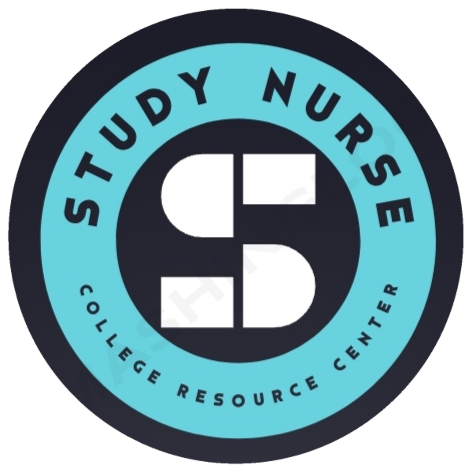NURS-FPX4010_T_Assessment 2-1 solution.docx
Interview and Interdisciplinary Issue Identification
Capella University
NURS-FPX 4010-Leading People, Processes, and Organizations in Interprofessional Practice
Prof. Jennifer Graebe
February 3, 2023
Interview and Interdisciplinary Issue Identification
I interviewed a nurse administrator working at the long-term care unit in a public hospital. The interviewee plays key roles largely supervising nurses and other members of the care team. The administrator recruits and trains nurses on workflows and best practices for achieving the intended performance.
Despite the indirect involvement with patient care, the interviewee plays an active role in motivating staff and ensuring compliance with regulations and standards on quality and safe care. Similarly, the administrator fulfill managerial roles, which makes him a key player in designing and implementing policies and procedures for enabling the care team to achieve strategic priorities.
The qualitative interview allowed the interviewee to share in-depth evidence about issues within the clinical environment that made interprofessional collaboration appropriate for improving the quality, safety, and cost of patient care. The interviewee identified challenges such as understaffing, nurse turnover, high patient acuity, and medication errors as common issues within the organization.
The interviewee agreed that interdisciplinary collaboration is critical for nurses, physicians, and other professionals to make meaningful progress towards identifying evidence-based and patient-centered approaches for optimizing care outcomes.
Issue
While the interviewee identified several issues affecting the facility, medication administration errors was among the issues with adverse impacts on patients, the organization, and health care team. Wrong medication administration exposes organizations to outcomes such as additional costs, readmissions, prolonged hospitalization, and declining brand reputation.
Savva et al. (2022) emphasized the need for enhanced vigilance among nurses, physicians, and pharmacists to identify and intercept risks associated with medication errors. Collaborative efforts are necessary for consistent adherence to standards and rights of safe medication administration.
Change and Leadership Strategies for Addressing Medication Errors
Change theories guide health leaders and the rest of the team to identify strategies for enhancing the quality, safety, and cost of patient care. The Plan-Do-Study-Act (PDSA) framework is ideal for enabling an interdisciplinary team to familiarize with action steps for identifying risks and discussing viable solutions for preventing medication errors.
PDSA enables leaders to coordinate the change process by planning, trying, observing results, and using the lessons to improve care outcomes (McNicholas et al., 2019). Practicality of the PDSA model makes it appropriate for empowering the workforce to embrace beliefs, values, and behaviors appropriate for achieving strategic priorities.
On leadership, the transformational style is ideal to communicate a shared vision and motivate the workforce to participate in interprofessional activities (Khalil & Lee, 2018). The leader utilizes a person-centered framework designed to encourage collective buy-in during the change process. Everyone gets the opportunity to share suggestions on gaps and improvements necessary to prevent medication errors.
Interdisciplinary Collaboration
The interprofessional team has nurses, physicians, the nurse manager, clinical assistants, and a pharmacist. A strategy for strengthening interdisciplinary collaboration is encouraging effective interpersonal relations to enable everyone appreciate team-based functions across the continuum (Khalil & Lee, 2018). A second strategy is effective communication to improve information flows.
The practice facilitates interactions among healthcare professionals regardless of their seniority. Horizontal communication allows everyone to share insights into the right pathways for strengthening adherence to the rights of safe medication administration. The primary considerations include establishing an open, honest, and transparent clinical environment.
The conducive atmosphere encourages individuals to dedicate themselves towards sharing accurate and complete information on gaps associated with medication errors and improvements necessary to enhance quality and safety of patient care.
References
Connor, J. A., Antonelli, R. C., O’Connell, C. A., Bishop Kuzdeba, H., Porter, C., & Hickey, P. A. (2018). Measuring care coordination in the pediatric cardiology ambulatory setting. Journal of Nursing Administration, 48(2), 107-113. https://pubmed.ncbi.nlm.nih.gov/29351179/
Khalil, H & Lee, S. (2018). The implementation of a successful medication safety program in a primary care. Journal of Evaluation in Clinical Practice, 24(5), 1-5. https://onlinelibrary.wiley.com/doi/abs/10.1111/jep.12870
McNicholas, C., Lennox, L., Woodcock, T., Bell, D., & Reed, J. E. (2019). Evolving quality improvement support strategies to improve plan–do–study–act cycle fidelity: A retrospective mixed-methods study. BMJ Quality & Safety, 28(5), 356–365. https://pubmed.ncbi.nlm.nih.gov/30886118/
Savva, G., Papastavrou, E., Charalambous, A., Vryonides, S., & Merkouris, A. (2022). Exploring nurses’ perceptions of medication error risk factors: Findings from a sequential qualitative study. Global Qualitative Nursing Research, 9, 1-10. https://journals.sagepub.com/doi/full/10.1177/23333936221094857



